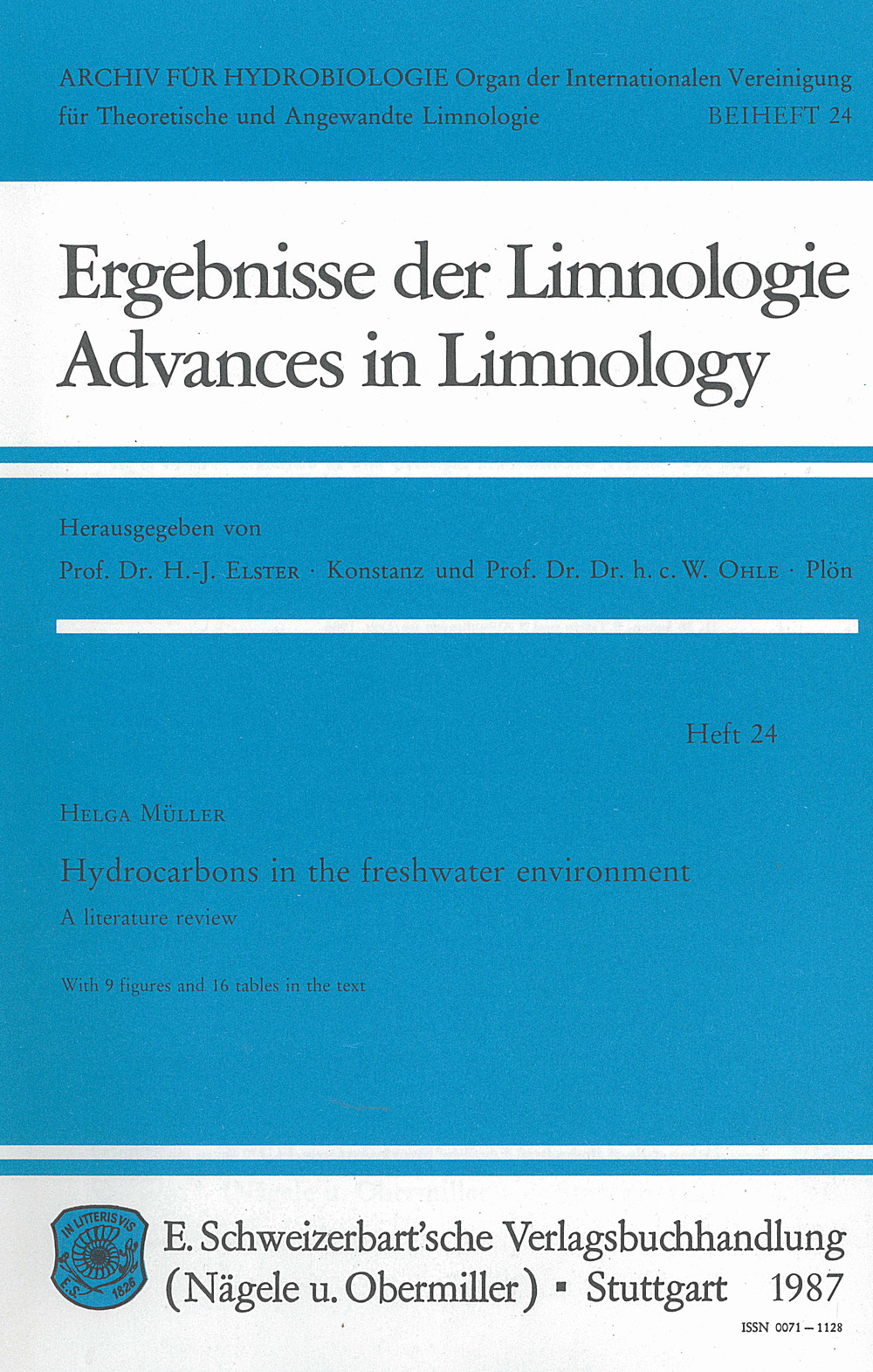Content Description
top ↑
The scientific literature concerned with hydrocarbons of natural and anthropogenic origin in freshwaters has been critically reviewed. Main topics are: Formation of hydrocarbons by biosynthesis, diagenesis and pyrolysis; routes into the freshwater environment; efficiencies and
limits of analytical techniques employed in determination of concentration levels and in source identification; sorption; photooxidation; bioconcentration; biotransformation by aquatic animals; biodégradation by microorganisms under aerobic and anaerobic conditions; and finally, toxicity and carcinogenicity, with emphasis on lethal and sublethal effects observed in
aquatic organisms at the ppb-level.
1. Introduction 2
1.1 Acknowledgements 3
1.2 Abbreviations 3
2. Chemical classification 4
3. Input of hydrocarbons to the freshwater environment 4
3.1 Sources 7
3.1.1 Formation by recent biosynthesis 7
3.1.2 Formation by diagenetic processes 11
(Definition, petroleum and petroleum products, chemical fossils)
3.1.3 Formation by pyrolytic processes 13
3.2 Source identification 15
3.2.1 Analytical methods 15
3.2.2 Criteria of discrimination 23
3 3 Routes into the freshwater environment 26
4. Distribution and fate in the freshwater environment 28
4.1 Concentration levels 28
4.2 Solubility 29
4.3 Sorption 33
4.4 Abiotic elimination processes 34
(Volatilization, sedimentation, photooxidation)
5. Distribution and fate in freshwater organisms 37
5.1 Uptake and storage 37
(Bioconcentration, Bioaccumulation, Biomagnification)
5.2 Tainting of commercially valuable aquatic organisms 40
5.3 Metabolism 40
5.3.1 Biotransformation by aquatic animals 42
5.3.2 Biodegradation by aquatic bacteria and fungi 42
5.3.3 Biodegradation under anaerobic conditions 44
6. Effects on organisms and ecosystems 45
6.1 Toxicity 45
6.1.1 Acute toxicity 46
6.1.2 Correlation of solubility and toxicity 47
6.1.3 Toxicity of photooxidation products 47
6.1.4 Effects of ppb-concentrations 49
6.2 Mutagenicity, teratogenicity and carcinogenicity 51
Summary 54
Literature references 55
